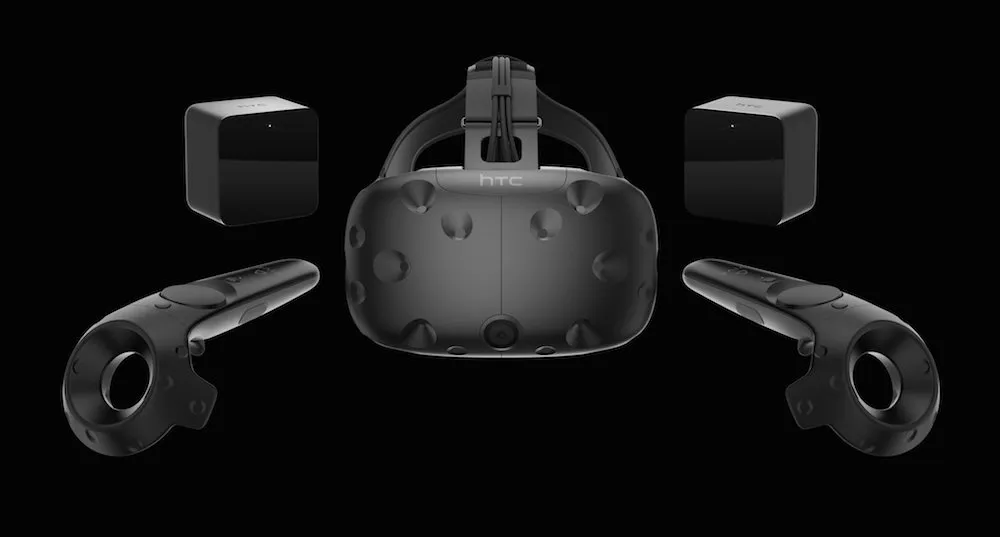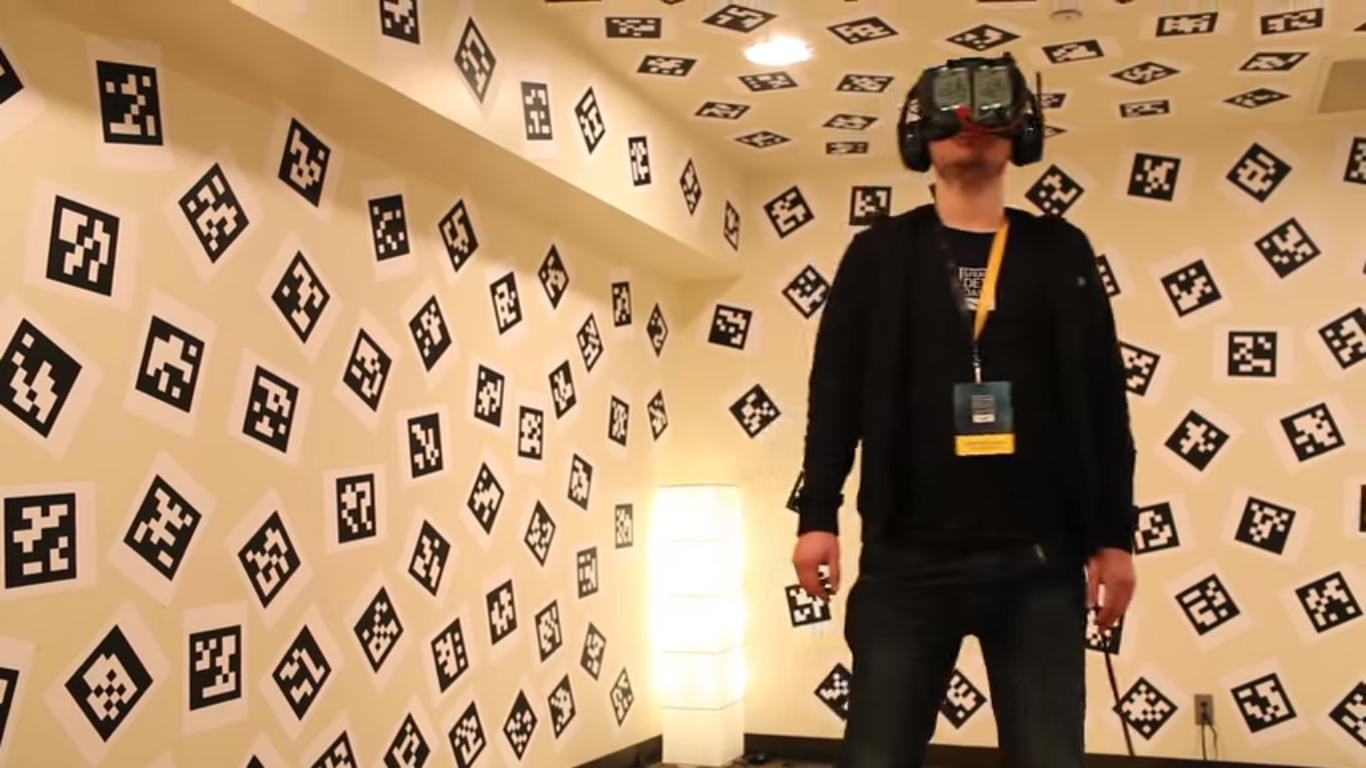It’s true that VR is just one of many sectors of Half-Life developer Valve, but it turns out it’s a sector that a significant portion of the company is working on.
Speaking recently in a thread on the Vive subreddit, Valve’s Alan Yates confirmed that VR now encompasses “about a third” of the company. Yates explained that he came on board right around the time that Michael Abrash had begun research into both VR and augmented reality (AR). Things have changed a lot since then; Abrash now works as Chief Scientist for Oculus VR and the team that he started at Valve has grown exponentially.
It’s somewhat surprising to hear that so many people are working on VR at Valve considering the company has so many other products and services, the most prominent of which being its digital PC store for PC games, Steam. That in itself requires a huge amount of infrastructure work with constant updates, and then there are other initiatives to consider such as the Steam Controller. It wasn’t even that long ago that the company was only teasing VR prototypes, which helped influence Oculus VR’s own work with the Oculus Rift.
According to Yates, many of the “key individuals” that worked on issues to make the first consumer headset – the HTC Vive – possible are now working on “the next generation” of devices. That’s a tantalising tease; Valve’s SteamVR system that enables the Room Scale user-tracking technology within the Vive is known to be open to other collaborations, so we’ll be seeing it in other headsets going forward. Hopefully a successor to the Vive is also on the table, though it’s early days yet for the original system – it only launched back in April.
There are countless problems for the next generation of VR devices to solve. That includes obvious factors such as improving screen resolution to further eliminate the screen door effect, and upping refresh rate to allow for higher frame rates past 90fps. There are also some inherently more complex issues to solve, like bringing hand presence into the world but not allowing you to bizarrely pass through objects, or delivering more accurate forms of tracking to bring the rest of your body into the experience.
As impressive as the Vive is, consumer VR headsets have a long way to go yet, so it’s great to hear that Valve is completely committed. Hopefully we’ll learn more at Steam Dev Days.


























